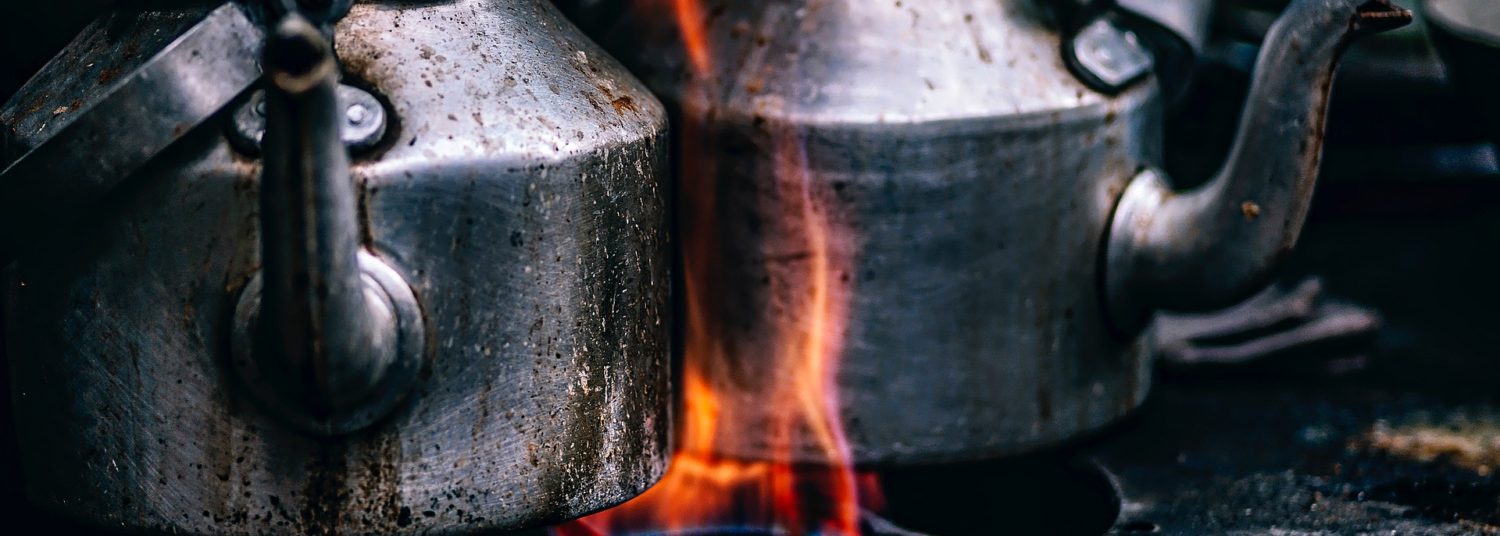
I simply couldn’t resist making this jumble cookie recipe. For one thing, it sounds absolutely awesome. This little cookie packs a cinnamon punch that is absolutely delightful. Buckle up and dig in folks!
What I Loved
Where do I begin? This jumble cookie recipe was fantastic. I’ve really been enjoying these vintage cookie recipes lately. They’ve been surprisingly fantastic. What I loved about these cookies was the cinnamon. It paired with the sugar so well to provide a sweet and spicy experience. The chopped almond provided a great textural element that I thoroughly enjoyed. The cookie as a whole was crunchy and light. I will definitely make this again!
Original Jumble Cookie Recipe From 1881
One teacup of butter, one and one-half teacups of sugar, one and one-half pints of flour; four eggs, two teaspoonfuls of cinnamon, one-half teacup of almonds chopped fine, two teaspoonfuls of yeast powder sifted in the flour. Beat the butter, sugar and eggs together, then add the flour. Put cinnamon and almonds in and work the whole up well, then roll on the board to thickness of half an inch, and cut out a finger’s length and join together at ends, so as to be round. Grease pans with butter and put to bake.

Updated Method
- 3/4 cup butter
- 1 1/8 cup sugar (1 cup and 2 tablespoons)
- 3 cups flour
- 4 eggs
- 2 tsp cinnamon
- 2 tsp baking powder
- 1/3 cup chopped almonds
Preheat oven to 350 degrees. Beat the butter, sugar and eggs together, then add the flour. Add cinnamon and almonds and mix well. Roll on a board to 1/2 inch thick. Cut out a finger length and join together at the ends to form a round shape. Bake on a greased cookie sheet at 350 degrees for 12-15 minutes.

What I Learned
When it comes to cooking vintage recipes, you can find ingredients and units of measurement that aren’t familiar. This recipe had two of those. First, I had to look up a teacup. In an American kitchen a teacup is 3/4 cup. I used that ratio for this recipe and it worked just fine. Second, I had to look up yeast powder. Yeast powder is what they called baking powder when it first launched. Continue reading for a brief history on baking powder!
A Bit of History Behind Baking Powder
This week’s recipe had an ingredient I haven’t come across yet, yeast powder. I almost ground up yeast super small and added it to the recipe. I thought this would somehow add leavening. However, it didn’t make sense. Even with modern yeast, it takes time to act as a leavening agent. In these older cookbooks from the 1800s, it can take a better part of a day for the yeast to do its thing. After some research, I found that yeast powder was actually baking powder. These two terms can be used interchangeably.
After determining that I had just narrowly avoided a culinary disaster, I continued reading about the background behind baking powder. Here is a brief summary of my research.
Eben Horsford For The Win!
Eben Horsford was born in Moscow, New York, in July of 1818. He was educated in Germany and eventually took on a professor role at Harvard. He was fascinated by nutrition and food science. in the 1850s, he focused on finding a proper substitute for yeast in baking bread.
In the 1830s bakers began adding baking soda and sour milk to their dough. The acid would react with the baking soda and the bread would rise. Eventually, cream of tartar was used to activate the baking soda. This allowed for more precise control over the leavening process. However, they had to package these ingredients in separate packages to avoid a premature chemical reaction.
Horsford wanted a more efficient process. He combined calcium acid phosphate, sodium bicarbonate, and corn starch. The baking powder as we know it today was born. All you have to do to initiate the leavening process is to add water.
Because Horsford was able to combine all of his ingredients together, without triggering a reaction, it became an incredibly popular product. If you reading through an old cookbook from the 1800s, you may come across yeast powder. Now you know the history, and where you can find your “yeast powder” in the pantry.
Reference for Jumble Cookie Recipe
What Mrs. Fisher Knows About Old Southern Cooking, 1881
Have A Food Memory??
I’m always looking to tell people’s stories and share recipes. I’d love to share your story on the blog or podcast. If you have a memory or recipe you’d love to share, feel free to submit it here.
